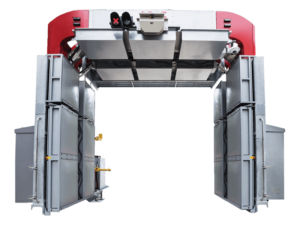
Although the congressional spending deal for the Department of Homeland Security doesn’t give President Trump near what he wants to fund a physical wall along the southern border, budget negotiators have agreed to hefty increases overall in border security, particularly to inspect vehicles and cargo at ports of entry. The compromise bill also funds the Coast Guard’s first new heavy polar icebreaker in more than 40 years and provides seed money for the second icebreaker of a planned three-ship purchase…

 By
By 











